In researching the Mamiya 6MF camera prior to buying one a little over 20 years ago, I read a review which included mention of the Auto Close-up Lens attachment for the Mamiya’s 75mm F3.5 G lens. The reviewer described this device as ‘baroque-looking’ and asserted that ‘you also shouldn’t use this camera for extreme close-up or macro photography.’ Aside from the simple fact that the Auto Close-up lens could never have been intended as an ‘extreme’ close-up lens, the use of the term ‘baroque’ lodged in my memory and made me imagine something ornate, extravagant, impractical and possibly even ridiculous. Another photographer, responding to the review, said the close-up lens ‘looks really Rube Goldberg, offers imprecise framing and costs a fortune.’ I had to look up Rube Goldberg and discovered that he was a cartoonist ‘best known for his popular cartoons depicting complicated gadgets performing simple tasks in indirect, convoluted ways.’ (Wikipedia). That was enough to put me off and in any case I was already using other camera gear (mostly 35mm) for my macro work.
Time passes, the digital era upends things somewhat, and I never thought about all this until the recent renaissance of film photography. I still had the Mamiya 6MF and out of pure sentimentality decided to see what this ‘baroque’ close-up attachment actually looked like. I found some images of it and thought it actually looked far more Ikea-like than baroque or Rube Goldberg. Admittedly, close-up attachments for range-finder cameras (the Fujica G690 series had one too) are slightly odd-looking things, but the Mamiya one is actually quite an understated affair, with sleek, uncomplicated contours, and a compactness that allows it to fit inside a rather plain, plastic-covered 14 x 14 x 4.5cm box. So I found one online for a good price and bought it. There are no moving parts; it’s basically a close-up lens that bayonets onto the front of the Mamiya 6’s 75mm lens. Attached to the outside of the metal frame around the close-up lens is a vaguely rectangular and fairly thick panel of glass, which is comprised of a large square lens that is positioned in front of the camera’s viewfinder, and next to it another much smaller square lens in front of the range-finder window. These allow you to focus accurately and obtain pictures with a significantly smaller frame size (34 x 34cm) than you can get at minimum focus with the bare 75mm lens (which is 63.2 x 63.2cm). It’s deceptively simple, but pretty impressive optical engineering.
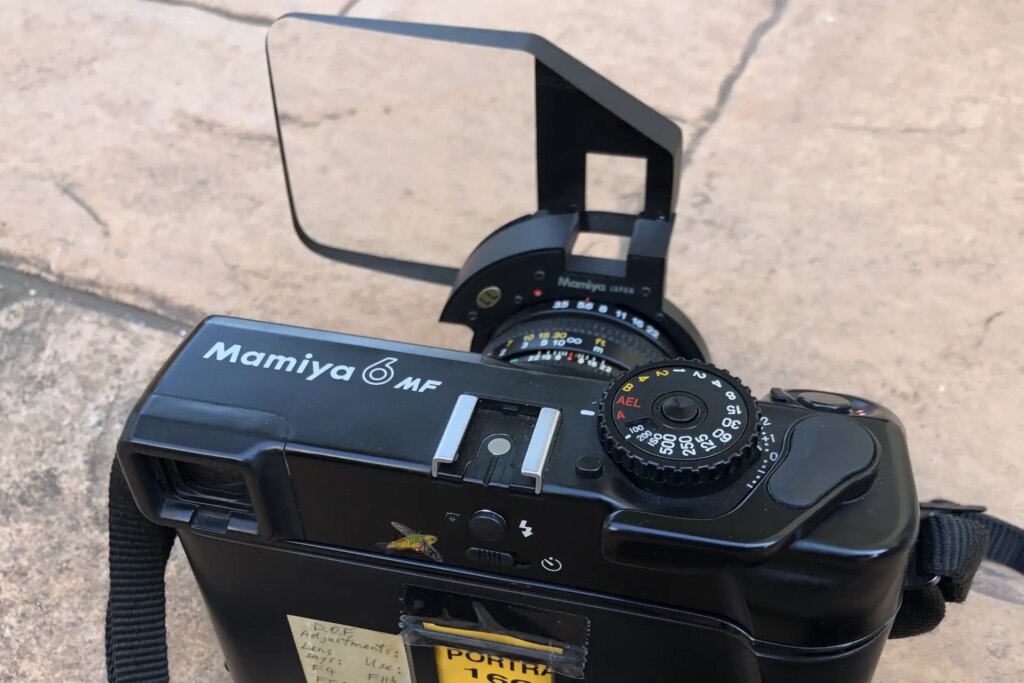
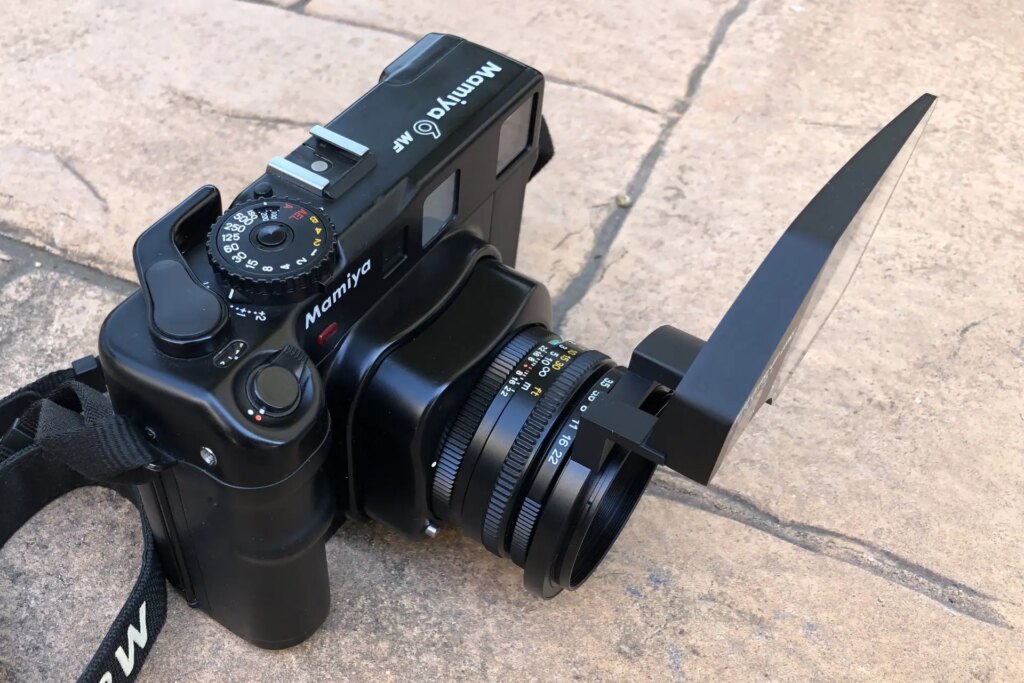
So let’s be clear here – this attachment is not going to let you shoot a full-frame portrait of a tree frog, much less the compound eye of a hawk moth. There’s plenty of other gear that can do that. This lens is for Mamiya 6 owners who want to take just that camera on a trip or a shoot and might want to occasionally get a bit closer than what the 75mm lens’s 1m minimum focus allows. Yeah I guess that does make it just a teeny bit ‘niche’, but I’m guessing there could be one or two Mamiya 6 owners out there who might be interested in what this device can do. In any case, contra to the above-mentioned reviews, this close-up lens frames the subject quite accurately, accommodating the Mamiya viewfinder’s excellent parallax adjustment. The focus is dead on, and it produces very sharp images. With the close-up lens attached, minimum focus gives a 34 x 34cm frame, and infinity focus gives a 75 x 75cm frame. End of story! For comparison, minimum focus with the Mamiya’s 150mm F4.5 lens gives a 56.2 x 56.2cm frame. Below are some images made with the close-up lens. They were shot on Portra 160, developed at home with a 1 litre C41 kit in a small tank, and scanned on a Nikon Coolscan LS-9000 at 4000dpi using a glass carrier and Vuescan software.
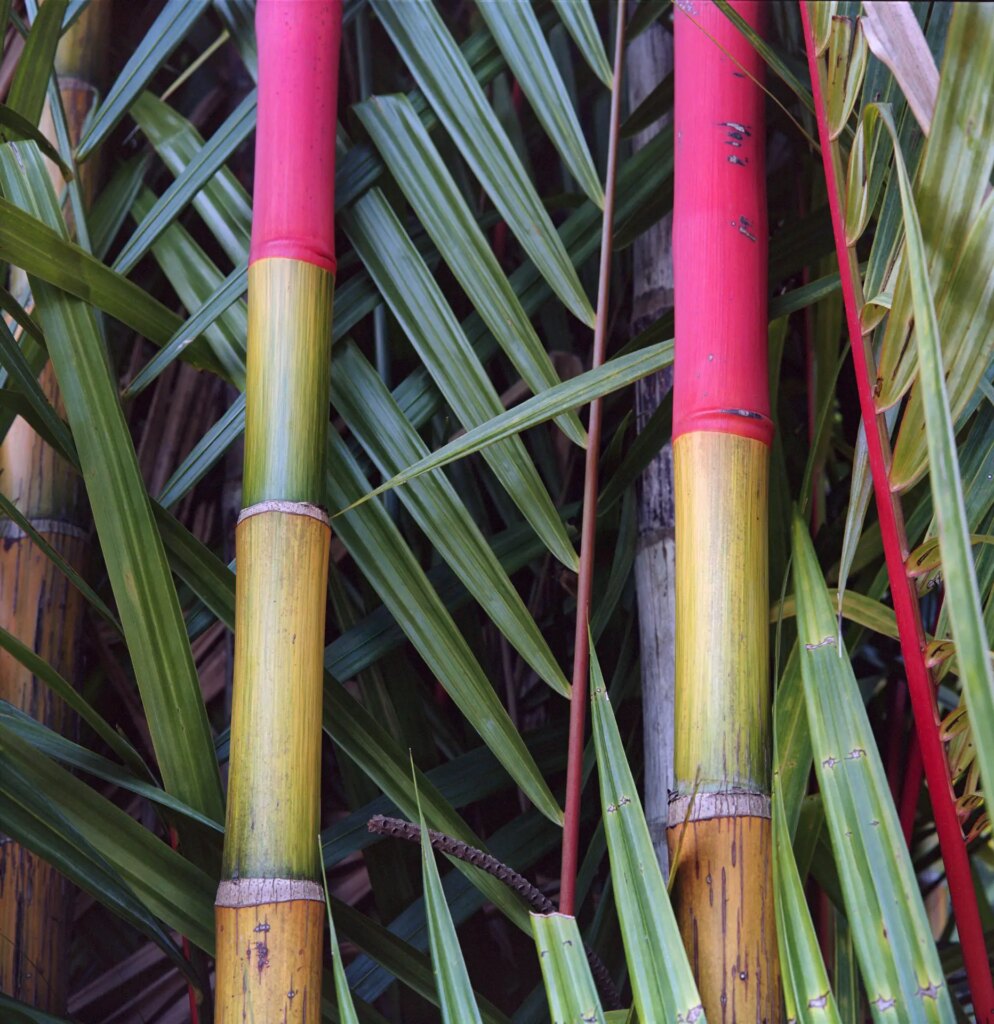
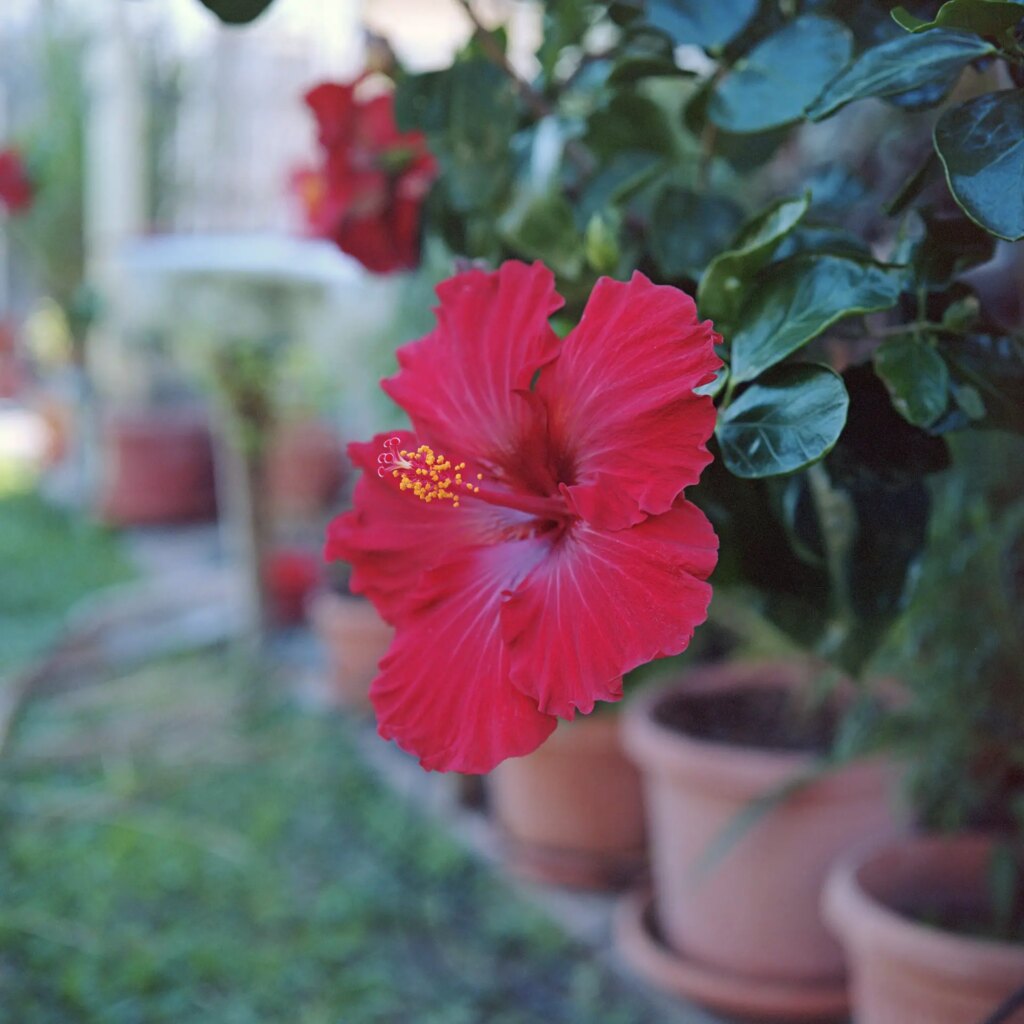
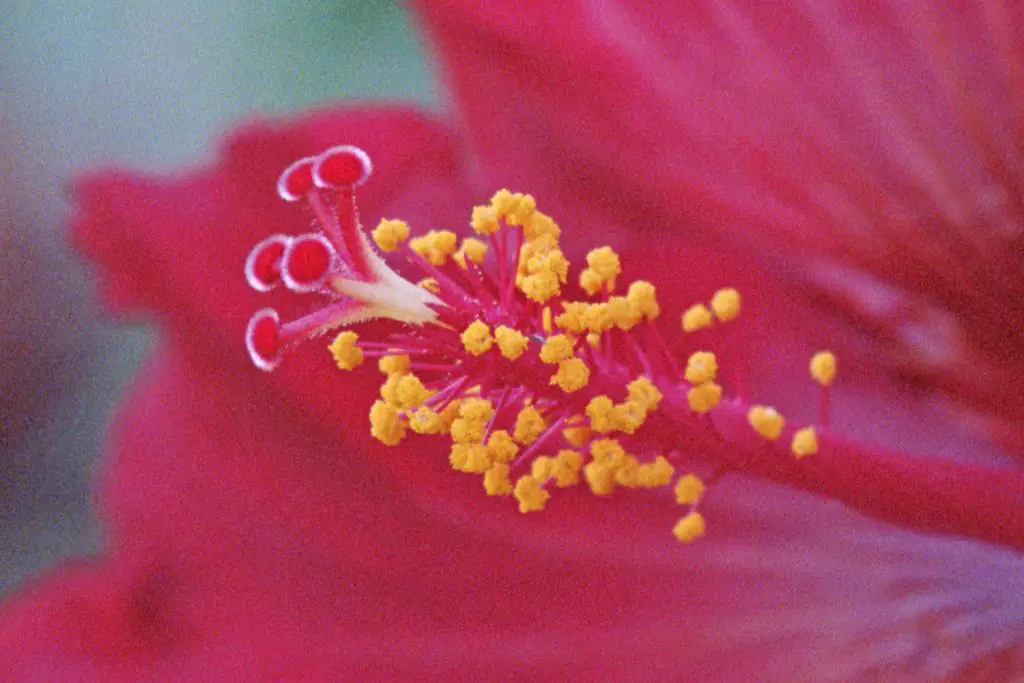
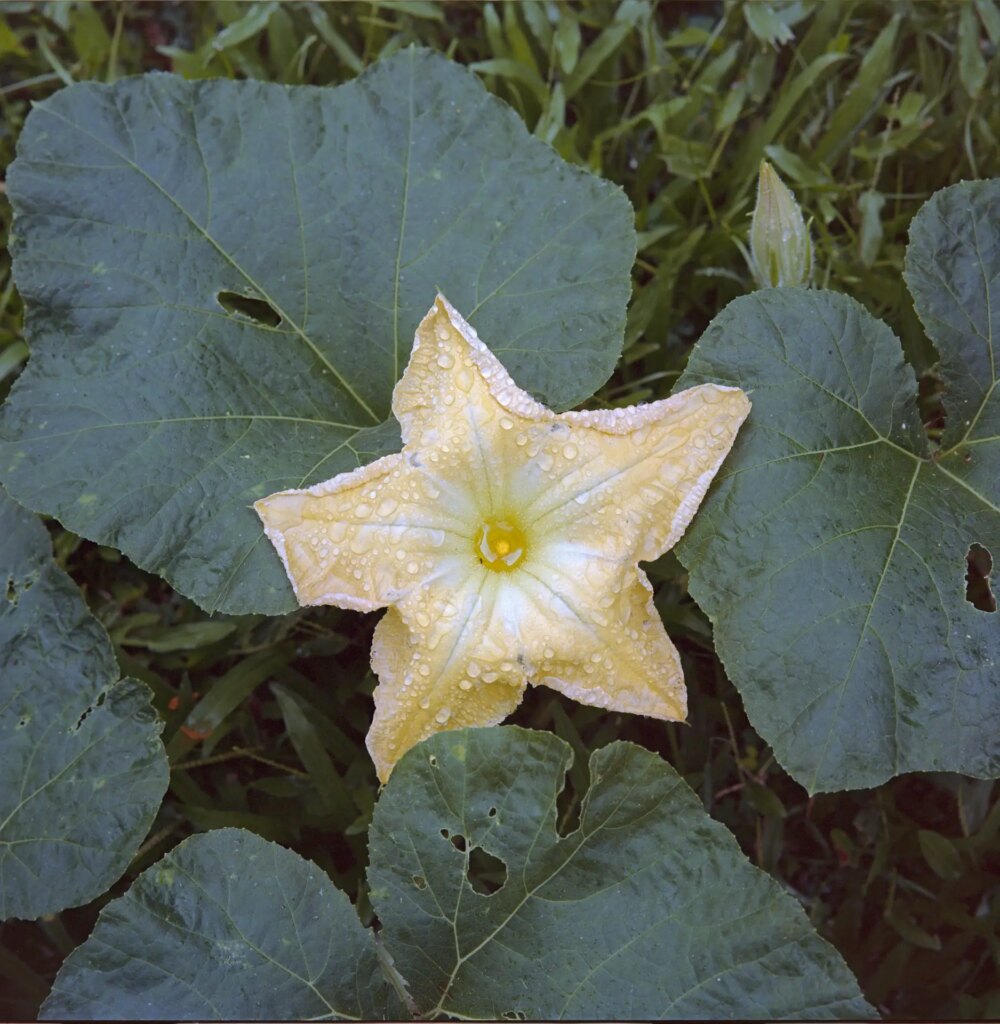
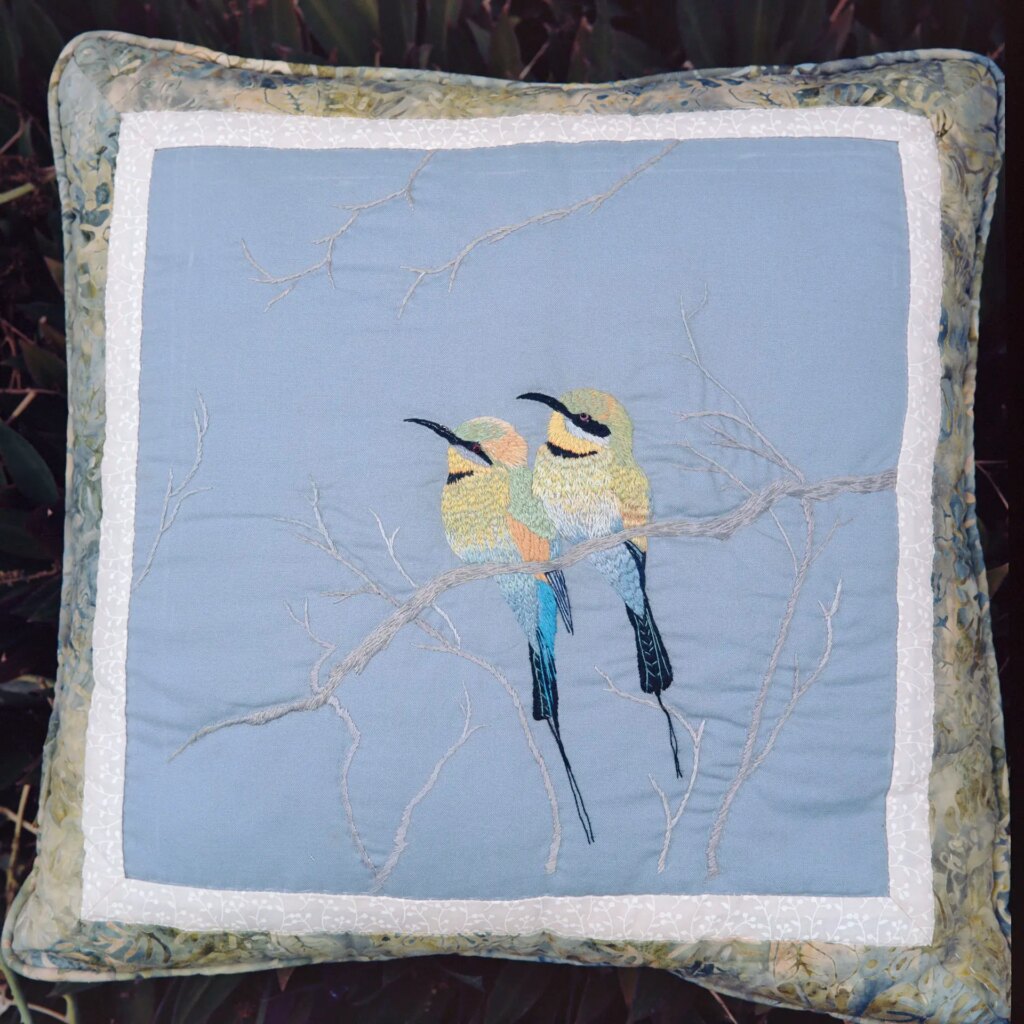
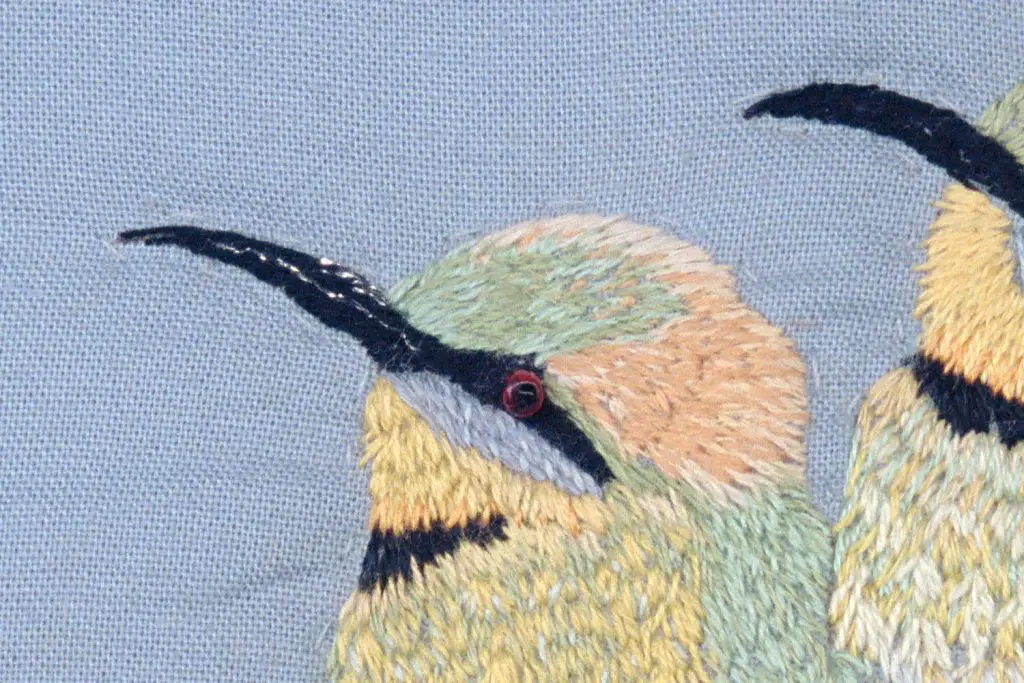
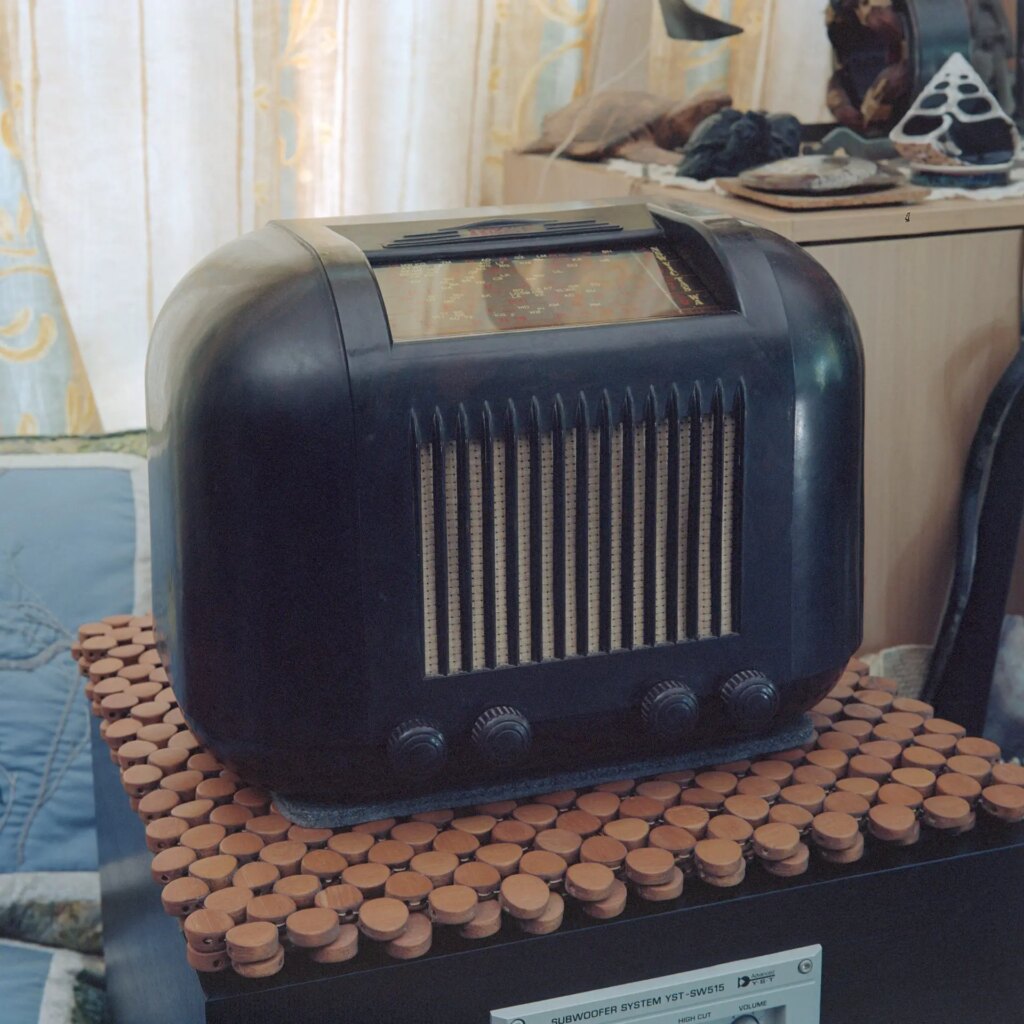
I hope the above images have demonstrated what the Mamiya 6’s not-at-all-baroque Auto Close-up lens is capable of and I hope you have enjoyed them. My Flickr page is here.
Share this post:
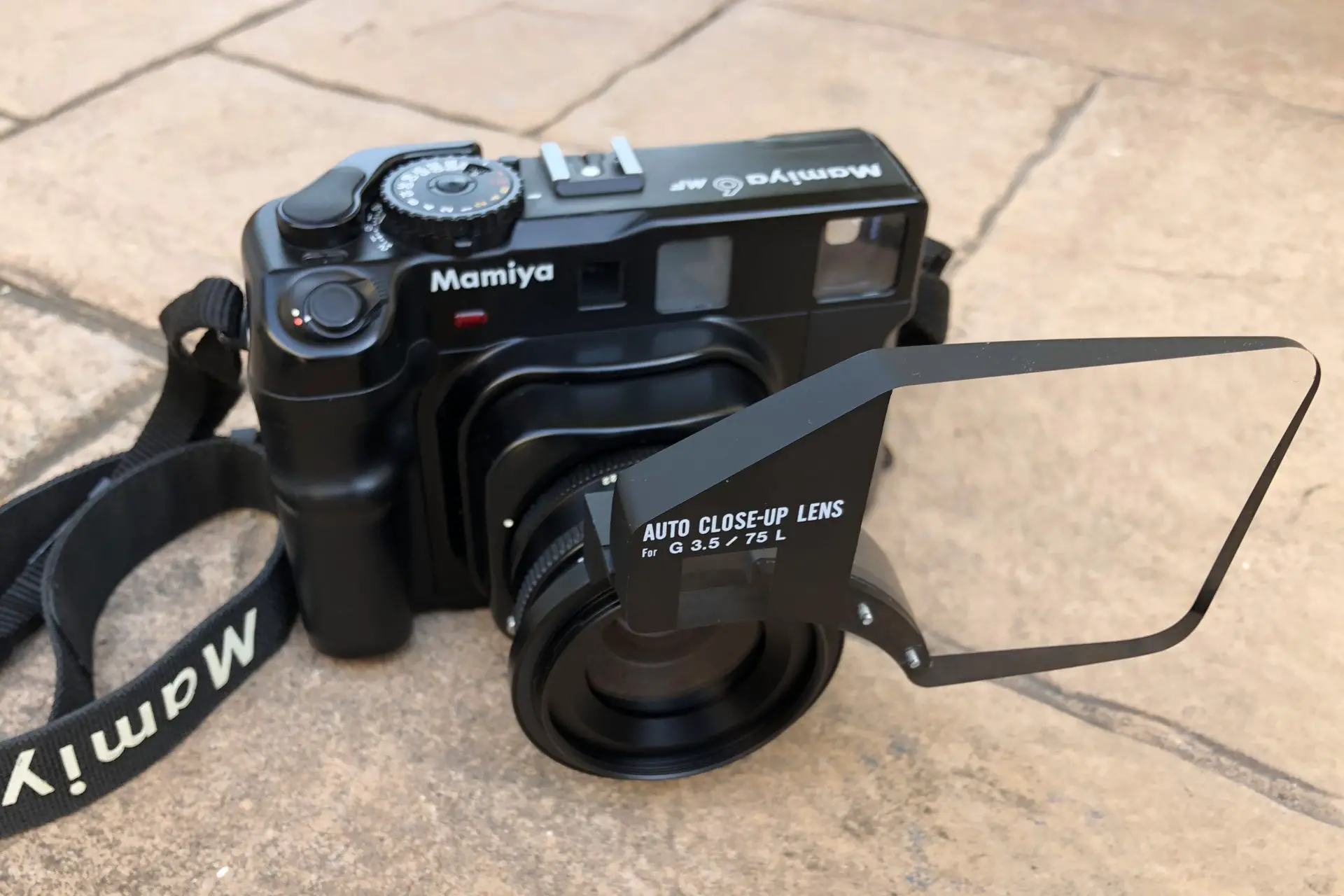

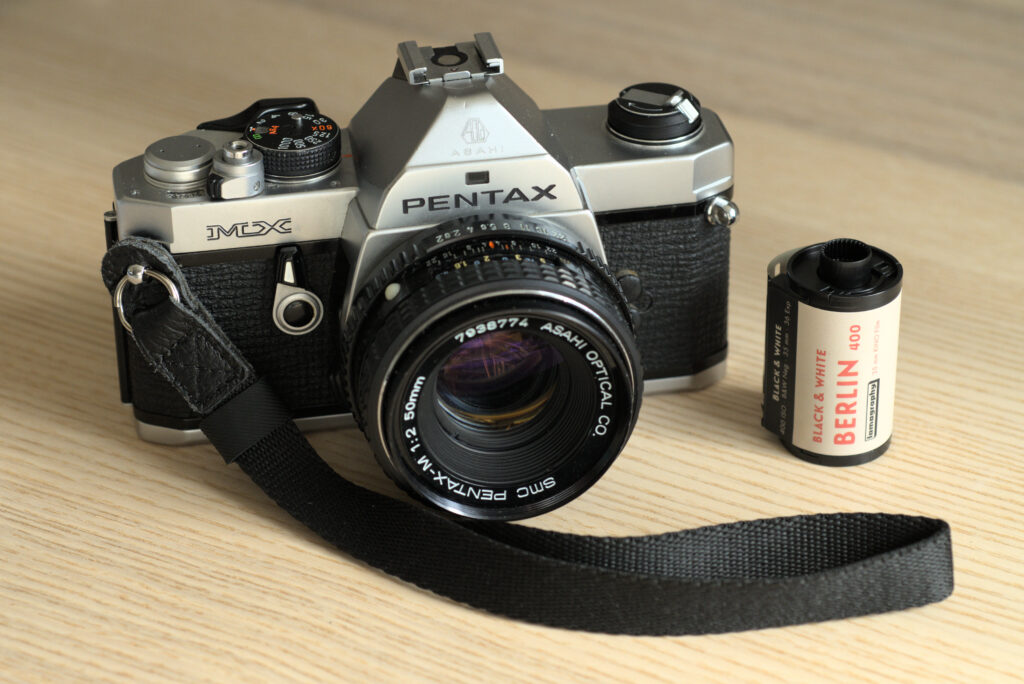
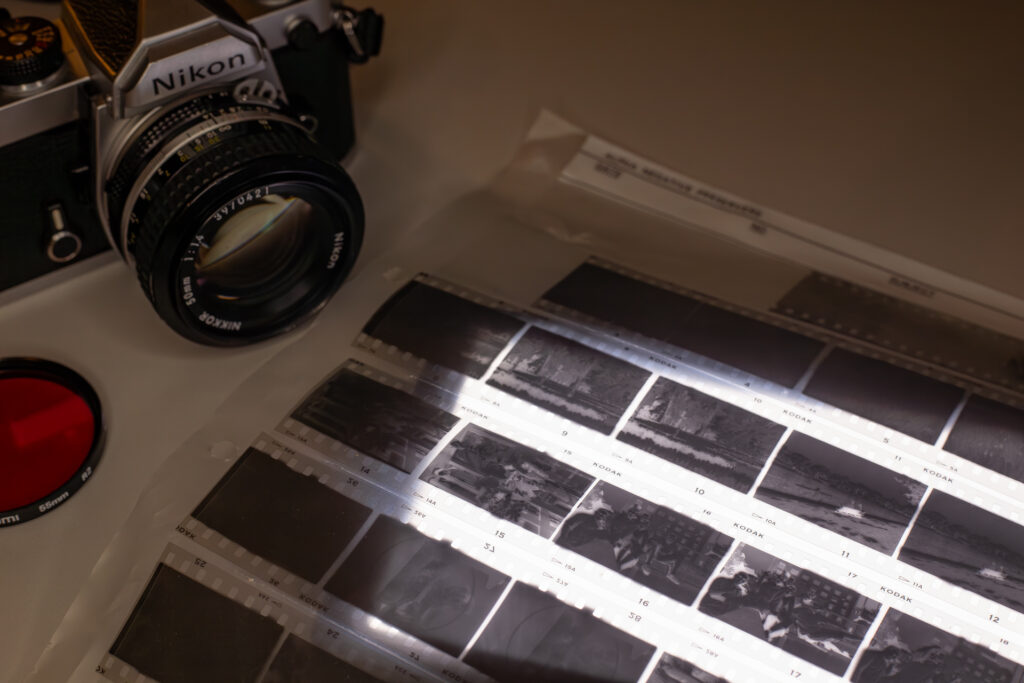
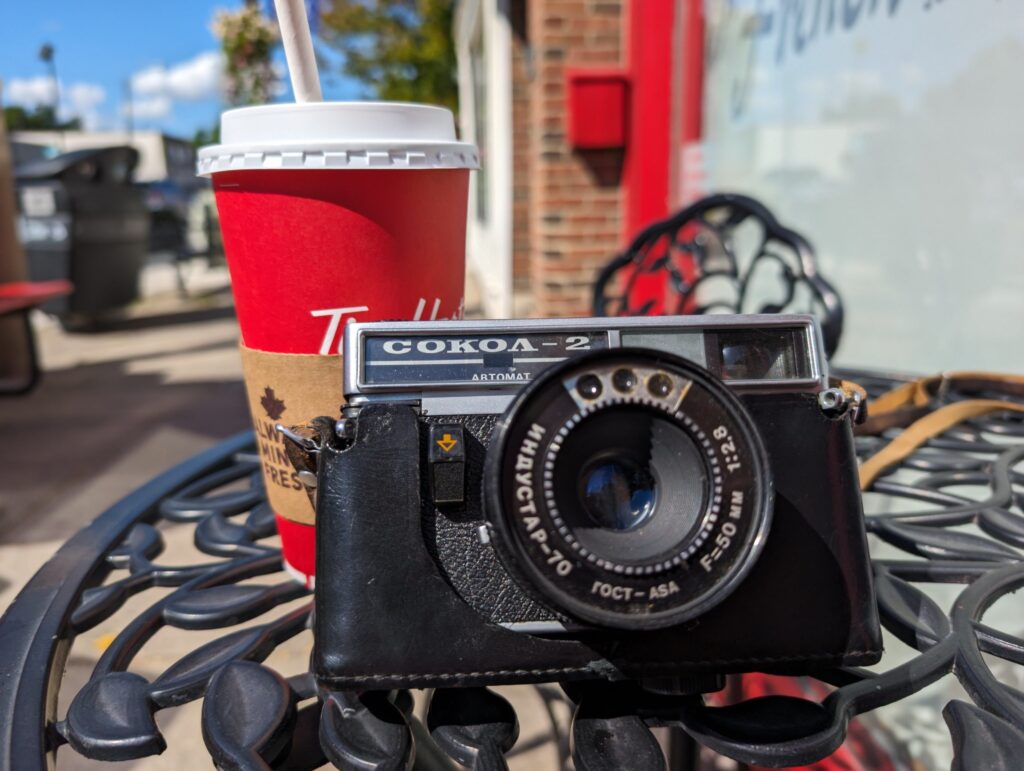




Comments
Stevenson G on 5 Frames with the Auto Close-up Lens for the Mamiya 6: ‘Baroque’ and superfluous or compact and handy?
Comment posted: 12/09/2023
Comment posted: 12/09/2023
Comment posted: 12/09/2023
Comment posted: 12/09/2023
Paul Quellin on 5 Frames with the Auto Close-up Lens for the Mamiya 6: ‘Baroque’ and superfluous or compact and handy?
Comment posted: 12/09/2023
Comment posted: 12/09/2023
David Dutchison on 5 Frames with the Auto Close-up Lens for the Mamiya 6: ‘Baroque’ and superfluous or compact and handy?
Comment posted: 12/09/2023
Comment posted: 12/09/2023
Neil Mitchell on 5 Frames with the Auto Close-up Lens for the Mamiya 6: ‘Baroque’ and superfluous or compact and handy?
Comment posted: 13/09/2023
Comment posted: 13/09/2023
Tony Warren on 5 Frames with the Auto Close-up Lens for the Mamiya 6: ‘Baroque’ and superfluous or compact and handy?
Comment posted: 15/09/2023
Very respectable performance from your examples but definitely close-up rather than macro.
Comment posted: 15/09/2023